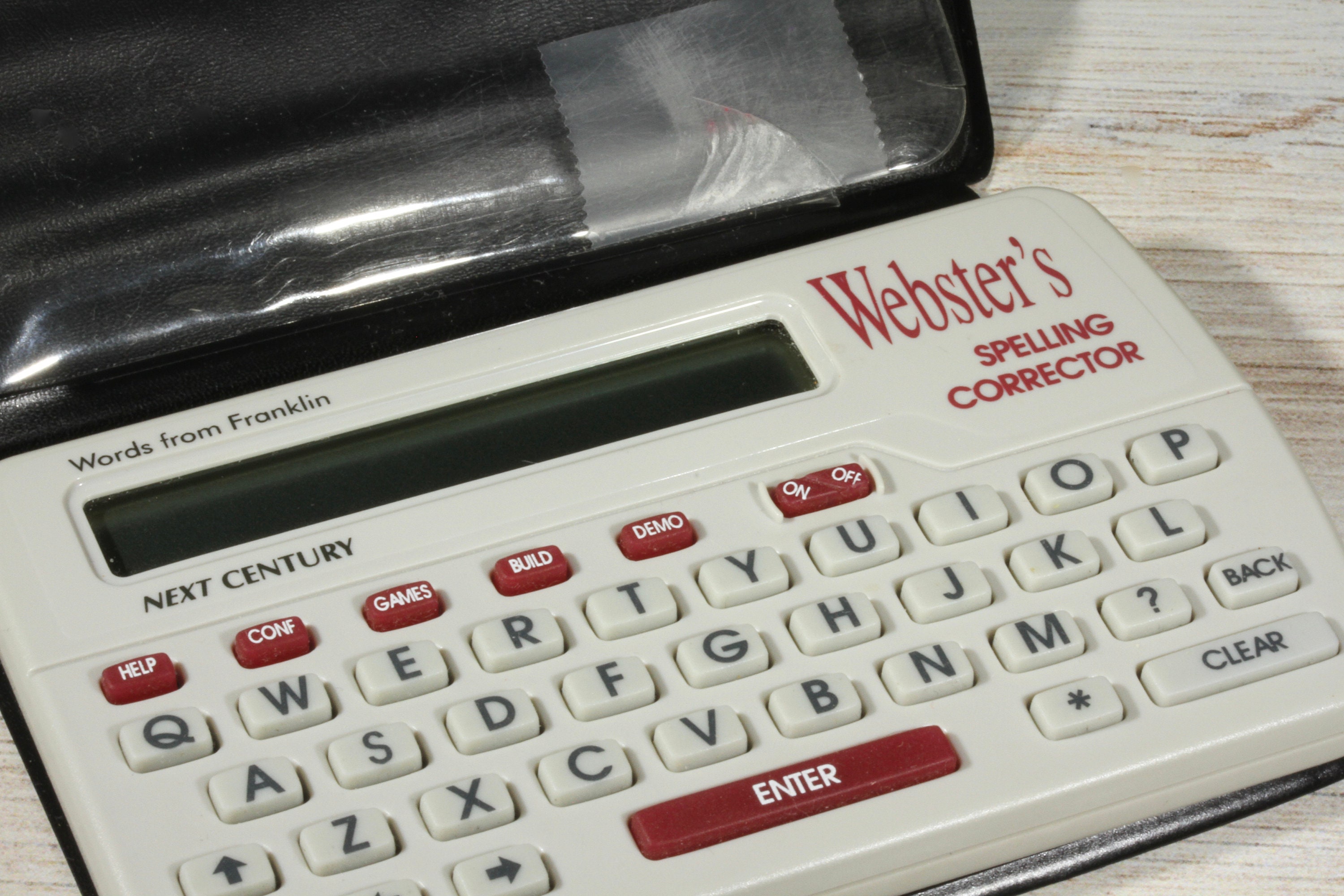

Webster did attempt to introduce some reformed spellings, as did the Simplified Spelling Board in the early 20th century, but most were not adopted. William Shakespeare's first folios, for example, used spellings such as center and color as much as centre and colour. Rather he chose already existing options such as center, color and check for the simplicity, analogy or etymology".

He was very influential in popularizing certain spellings in America, but he did not originate them. In A Companion to the American Revolution (2008), John Algeo notes: "it is often assumed that characteristically American spellings were invented by Noah Webster. Webster was a proponent of English spelling reform for reasons both philological and nationalistic. Today's British English spellings mostly follow Johnson's A Dictionary of the English Language (1755), while many American English spellings follow Webster's An American Dictionary of the English Language ("ADEL", "Webster's Dictionary", 1828). These differences became noticeable after the publishing of influential dictionaries.

In the early 18th century, English spelling was inconsistent. As a result, modern English orthography varies only minimally between countries and is far from phonemic in any country.Īn 1814 American medical text showing British English spellings that were still in use ("tumours", "colour", "centres", etc.). However, English-language spelling reform has rarely been adopted otherwise. Webster's efforts at spelling reform were somewhat effective in his native country, resulting in certain well-known patterns of spelling differences between the American and British varieties of English. For instance, some spellings seen as "American" today were once commonly used in Britain, and some spellings seen as "British" were once commonly used in the United States.Ī "British standard" began to emerge following the 1755 publication of Samuel Johnson's A Dictionary of the English Language, and an "American standard" started following the work of Noah Webster and, in particular, his An American Dictionary of the English Language, first published in 1828. Many of the differences between American and British English date back to a time before spelling standards were developed. Despite the various English dialects spoken from country to country and within different regions of the same country, there are only slight regional variations in English orthography, the two most notable variations being British and American spelling.


 0 kommentar(er)
0 kommentar(er)
